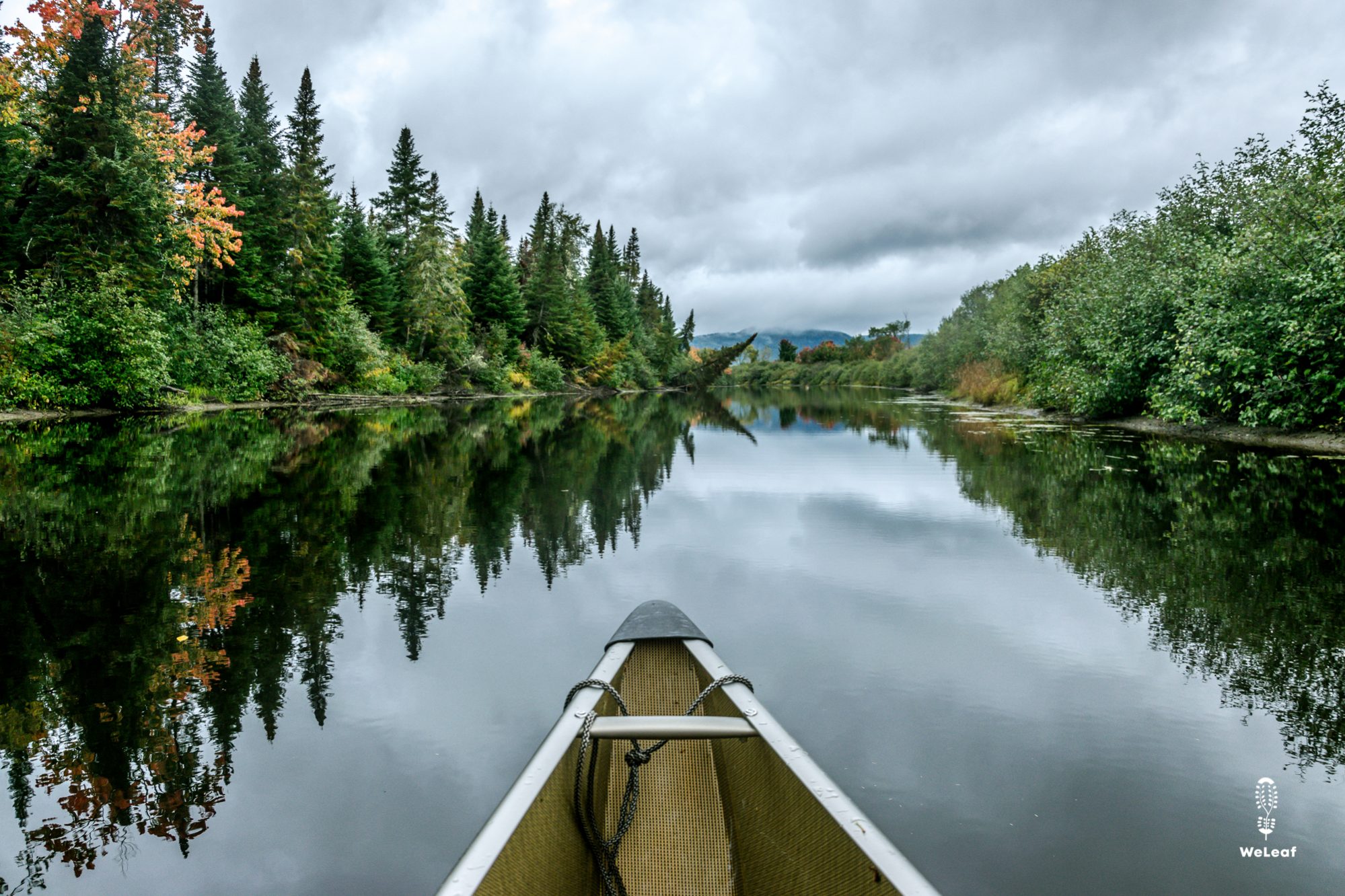
6 reasons to start the NFCT in August

One hundred kilos on our back
October 24, 2019
Help! Rapids
October 31, 2019
Late season paddling on the Northern Forest Canoe Trail
The water will be too low, you will have to portage a lot and you can have snow at the beginning of October. Everyone we told about our plans said one of these things to us. Laconically we said 'we just hiked 1,000 kilometers on the Appalachian Trail so we are well trained'. Secretly, we are afraid of the low water levels and hope that we can paddle at least some parts. 52 days later we have completed the entire Northern Forest Canoe Trail and we are convinced that we did not start in the wrong season. On the contrary, we are convinced that August is the best departure month. Wondering why?
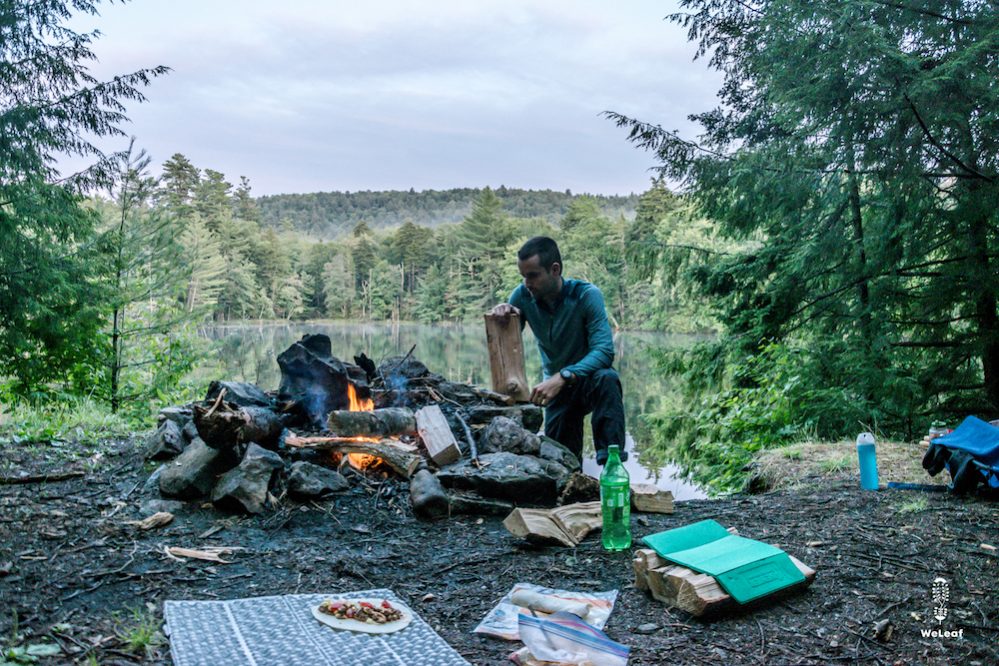
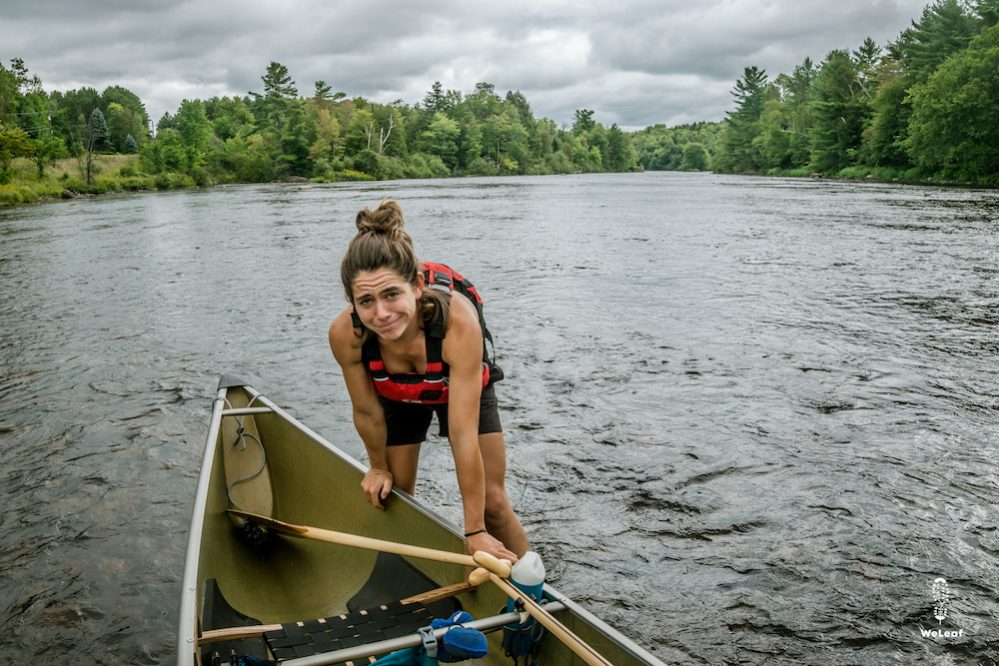
1. (almost) no bugs
Almost everyone starts the NFCT in May or June when the ice is melting and the water levels are high. The notorious black flies are also flourishing during this period. Black flies are small flies that do not sting, but bite. They circle with hundreds around your head, crawl into your sleeves and your pants. "In the winter we have white snow, in the spring black snow," a local forester in Maine told us about the black flies obscuring the sun. After the black flies the mosquitoes come and they are especially aggressive in the beginning of summer. They prefer the cooler forests and swampy areas, turning some portages through the woods and picturesque camping sites into true nightmares. We hardly saw any mosquitoes, except for a few forests in the Adirondacks and were surprised one day in Maine by late summer black flies. Mosquitoes and other biting animals can really ruin an adventure, but if you start in August you should absolutely not worry about this.
2. Warmer water
Before our departure we were a little concerned about hypothermia. If the sum of the water temperature and the air temperature is less than 37 degrees Celsius (100 degrees Fahrenheit , the chance of hypothermia is real. This can cause the body temperature to drop below 35 degrees and then hypothermia starts. With the chance of snow and nights below zero degrees, we thought that this could be a danger. To our surprise, the water temperature after the summer months was warm and pleasant to walk in. The first few weeks we took a swim every day after canoeing and we had to get out of the boat very often because the water levels were too low. The water started to cool down at the end of September and we were sometimes cold in the canoe. But once you get closer to Fort Kent, just occasionally you have to get out of the canoe. If you start in May or June, the ice has just melted and the water temperatures are much lower. We think that is much less pleasant than the warm rivers we have had.
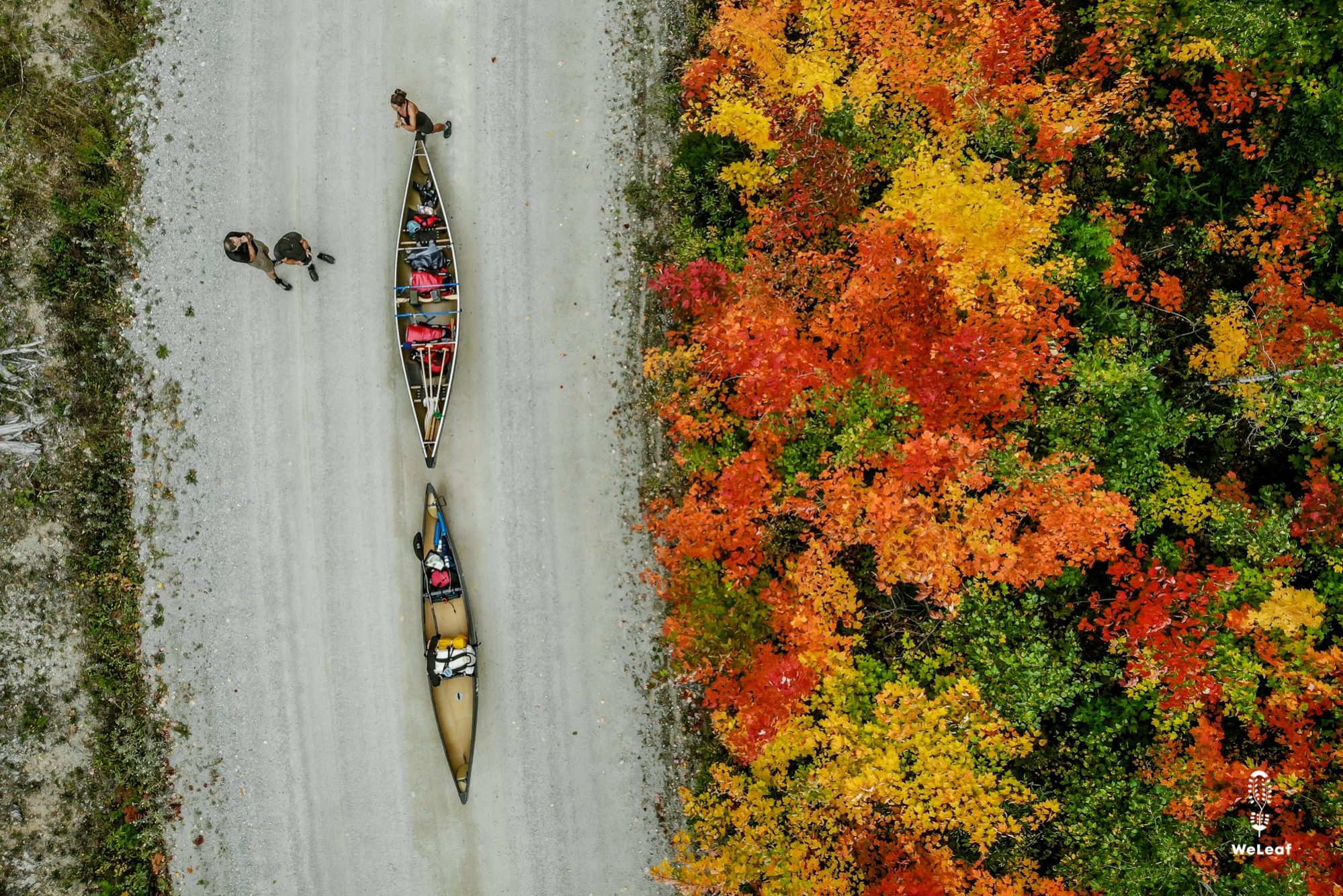
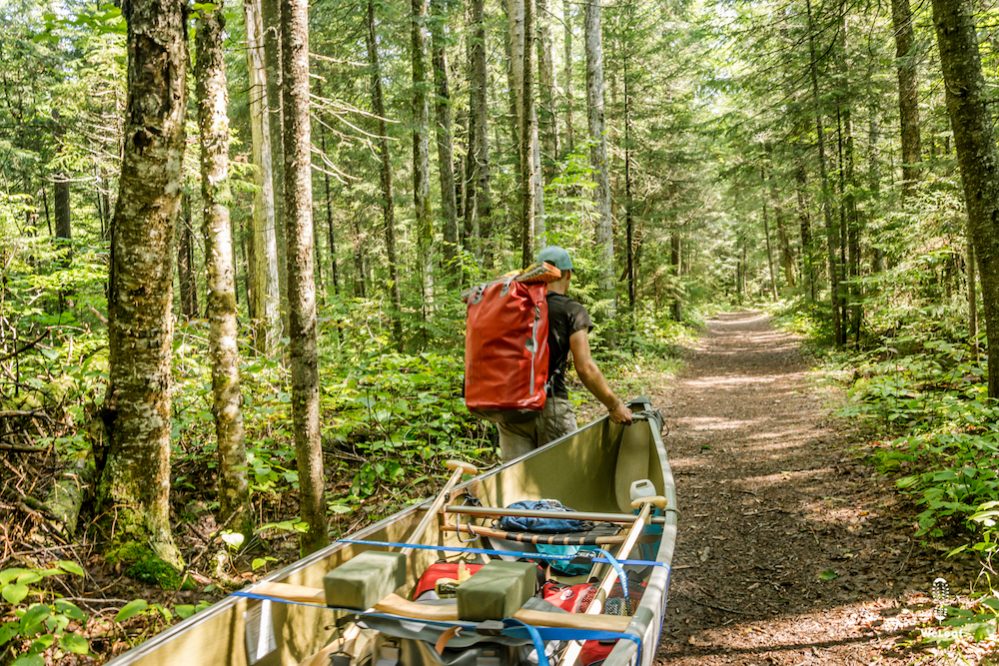
3. The fall
Every season has its advantages, but autumn in the vast forests in the northeast is perhaps the most beautiful thing nature has to offer. Every year thousands of people go to these forests at the end of September during an Indian Summer to admire the beautiful fall colours. The 'high peak' of autumn is usually in early October, depending on the area and the temperature. We saw the leaves gradually change from green, to yellow, to orange, to red. It was breathtakingly beautiful at times and something we had never seen before. The Northern Forest Canoe Trail is also the best way to admire the fall. From the water you have a 360 degree panorama of the surrounding hills, while a number of portages will bring you in the middle of the colours.
4. Picking from nature
In the Netherlands and Belgium we have wild blackberries and blueberries, but we don't see wild apple trees and grapes. Almost every day we were able to pick fresh apples and supplement our breakfast with a handful of blackberries or blueberries. We even ate wild grapes and if we knew more about mushrooms, we would have had fresh vegetables every night.
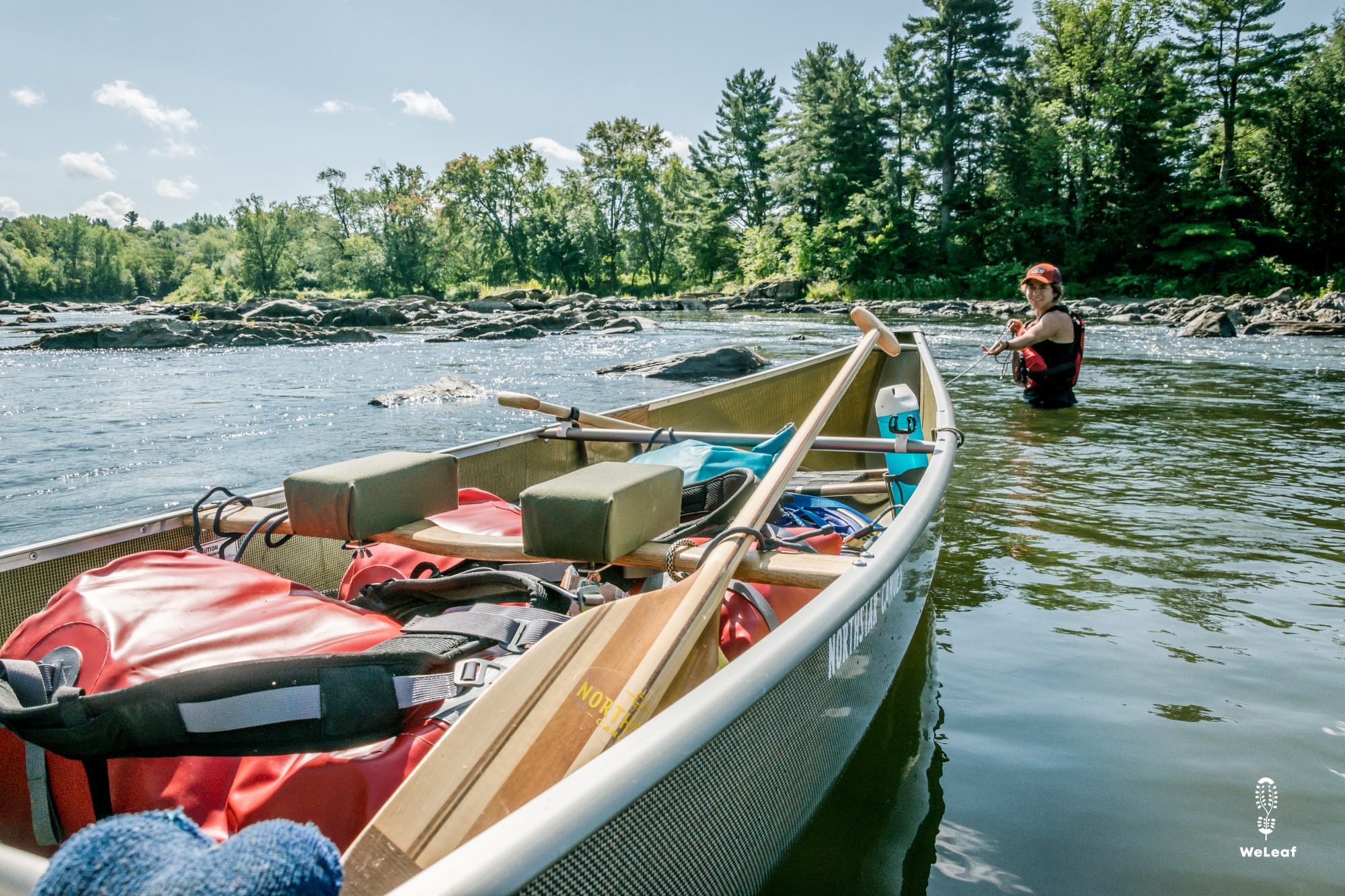
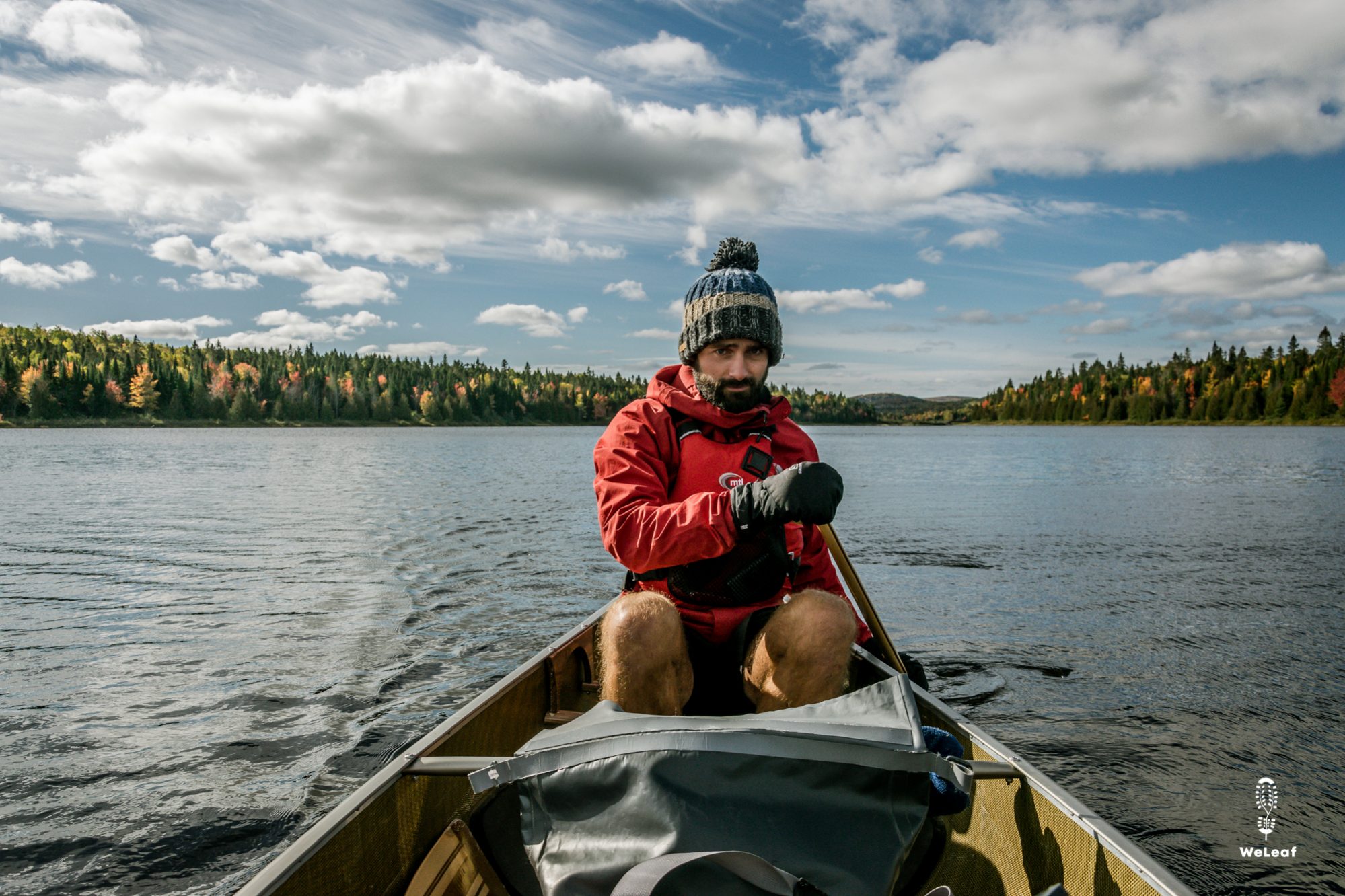
5. Less current
More than 250 kilometers from the Northern Forest Canoe Trail is upstream. The less water there is in the river, the less strong the current is. Sometimes they are wide rivers with a light current, but sometimes you have to track the canoe over class II rapids. There is a lot of water in the spring and this will be a serious challenge. Sometimes, we even had a hard time pulling the canoe over some small rapids. Unfortunately, the same applies of course to the downstream rivers where the low water levels caused less flow and it was a disadvantage for us.
6. Alone in the Allagash wilderness
The Allagash Wilderness Waterway is nearly a 150 kilometers stretch on the Allagash river in northern Maine. Nature is protected on both sides of the river over a strip of 150 to 200 meters. It is beautiful and full of wildlife such as otters and moose. There are more than 40 beautifully maintained primitive campsites with a picnic table, a fire pit and a privy. In the summer it is one of the most popular destinations for boyscout groups and summer camps. "Sometimes 150 children pass by in the canoe in one day," a ranger told us. In high season all campsites are often occupied and the wilderness feeling is far from wild. We paddled through the wilderness in early October and were completely alone. The wilderness was wild and deserted, except for a single logging truck that we could hear in the distance. Everyone who leaves in June will be packed in July in the wilderness among groups of children. Reason number six to leave in August!
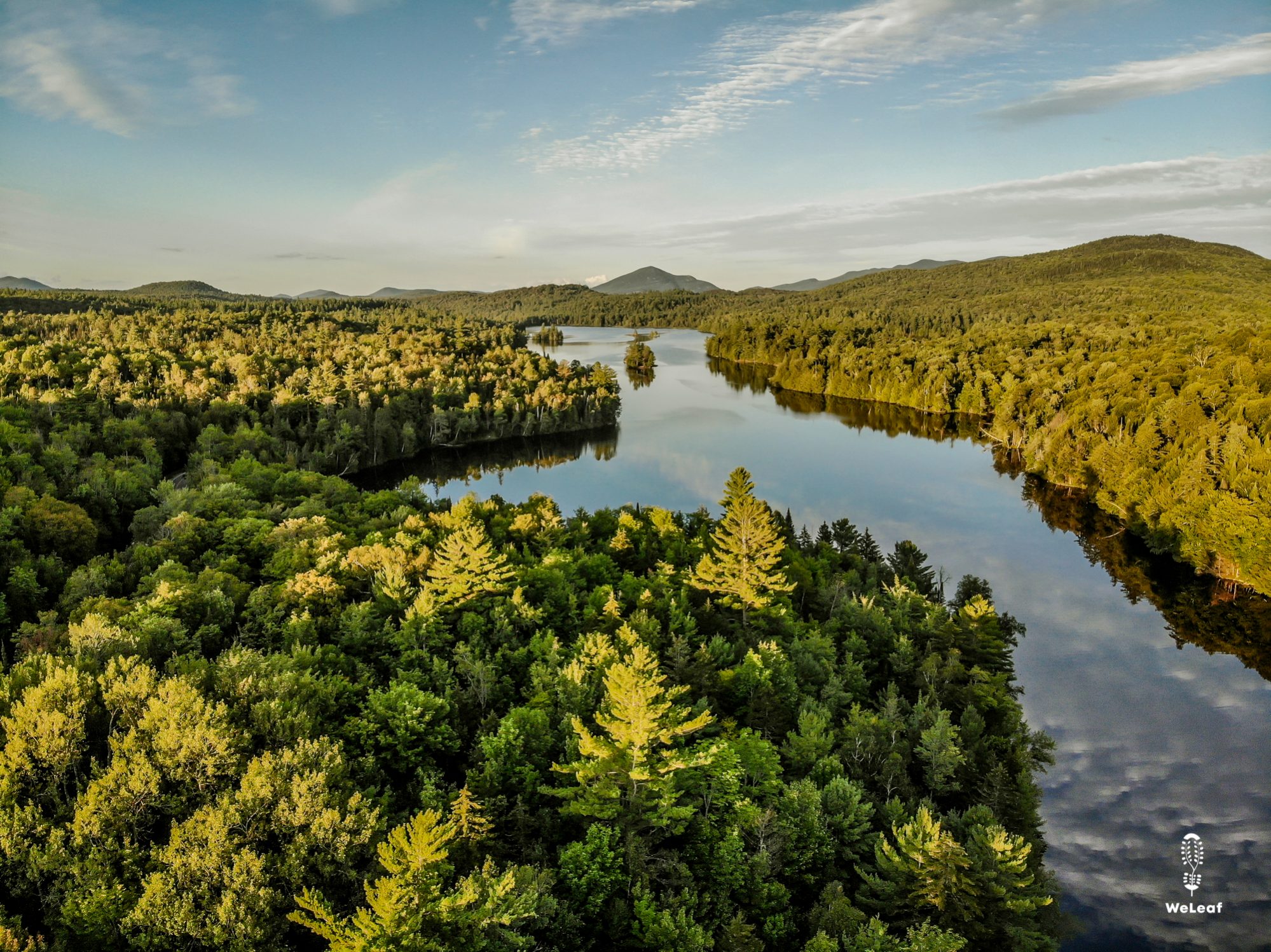




2 Comments
Veel mooie redenen om altijd avonturiers te blijven. Alles heeft voor en nadelen. Zolang je dat incalculeerd kun je alles managen.
Great trip
You should have stopped by The Birches on Moosehead on your way by. Never too late to stop in.though.
J.Willard